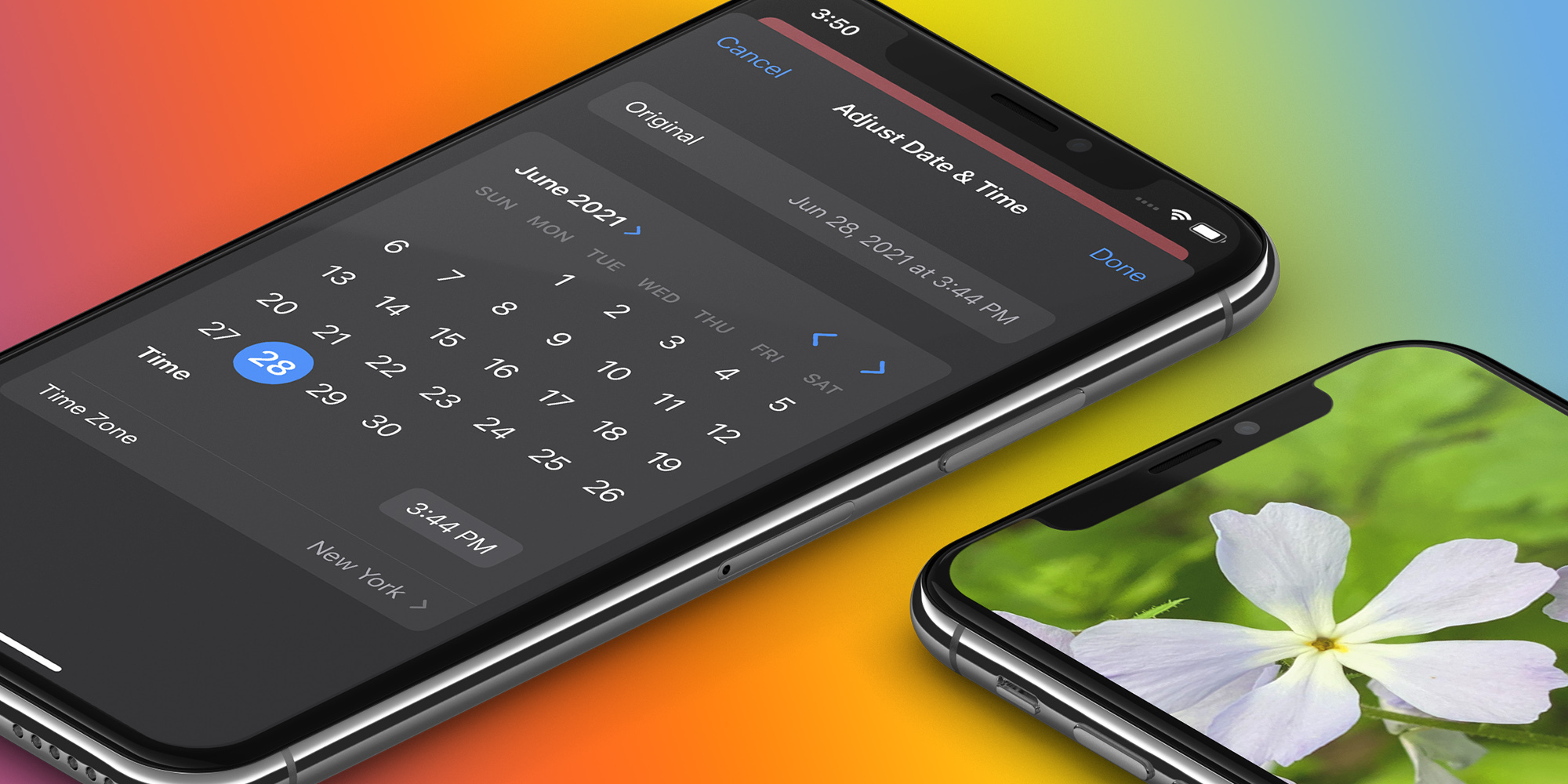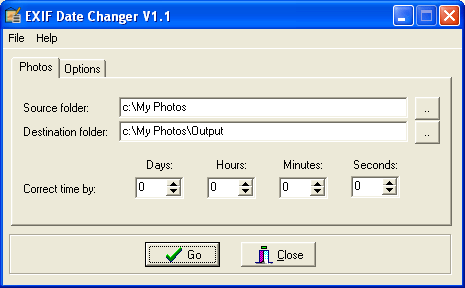

There is however, ExifTool which is a command line app which supports that. To change the EXIF Dates, it is not possible using the default command line on either platforms. So far all these does is change the file creation and modification dates but with photos particularly with cloud services such as Google Photos, it uses the EXIF Date and Time to sort the photos. I have not found a way to do date maths on the existing file dates as yet.
#EXIF DATE CHANGER MAC MAC#
On the Mac and Linux system, the -t will change the file creation date and the -mt will do so for the modification and last access date. On the Mac, the file date format used is YYYYMMHHMM. You will use the touch command such as touch -t 201605251231 myphoto01.jpg To do for more than a single file, you can probably create a batch file which will loop through all the files in that directory. To subtract 2 months from the file date, just do the following powershell $(get-item myphoto01.jpg).creationtime=$((get-date).addmonths(-2))Īll these are very powerful stuff. For instance, if you want to add a year and 4 days to your dates, you can do something like powershell $(get-item myphoto01.jpg).creationtime=$((get-date).addyears(1).adddays(4)) This will let you do a sort of date maths to it. The powershell has a more complex feature which allows you to add or subtract time from the existing date by using the AddYears, AddMonths, AddHours and AddMinutes function.

#EXIF DATE CHANGER MAC WINDOWS#
Windows uses the MM/DD/YYYY HH:MM format. The first line would change the creation time and the last two relates to the last access and last write times to a specific file date and time. Powershell $(get-item myphoto01.jpg).lastwritetime=$(get-date ' 12:31') Powershell $(get-item myphoto01.jpg).lastaccesstime=$(get-date ' 12:31') We can evoke the command line powershell function such as powershell $(get-item myphoto01.jpg).creationtime=$(get-date ' 12:31') For normal files, we can use the command line function built into Windows or Mac to change them to a single date and time but that is probably not something which we want for photos when not all photos are taken at the same time. Having taken a load of pictures and realise that the dates and or time are wrong can be frustrating. That works fine for the most parts but I am not sure about you but I’ve face many times when I set the PM to AM or especially doing the start of the year, to have set the year on the camera to the year that has just past. So each time that happens, we will have to manually set the date and time all over again. Digital cameras typically do not come with a real time clock built into it and would hold charge enough between battery changes but if you do take the batteries out to charge overnight or to have them taken out because you would not use the camera for several weeks, you will find that the file date get reseted.

There are times particularly for photos when we have to replace batteries on our digital cameras and having the camera reset the date and time to some default time in the past. Setting the wrong file date can get messy.


 0 kommentar(er)
0 kommentar(er)
